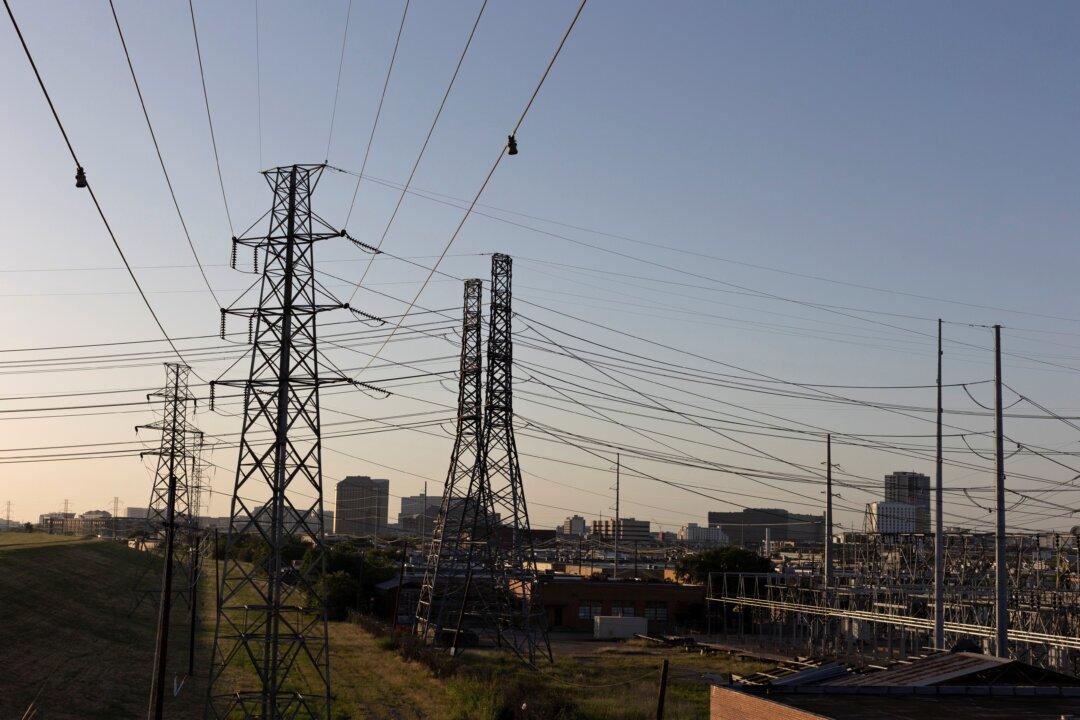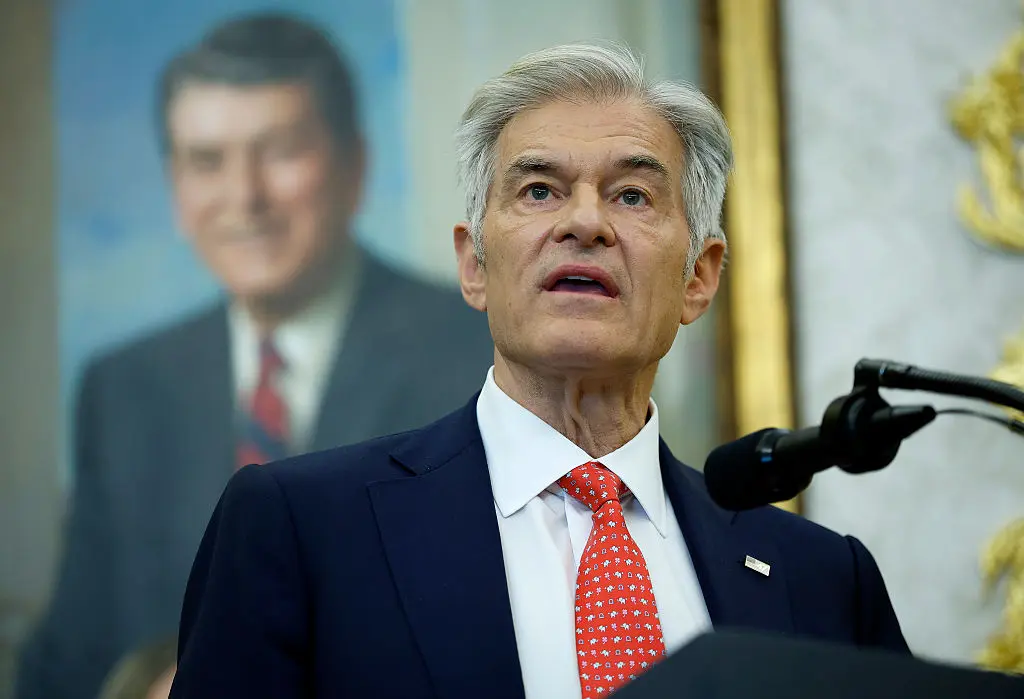Some energy industry groups are expressing concern that the White House will declare a COVID-19-like emergency—but for the climate instead.
“They’re leaning to that direction,” U.S. Oil and Gas Association President Tim Stewart told Just the News in an article published on July 30. “If you grant the president’s emergency powers to declare a climate emergency, it’s just like COVID.”





